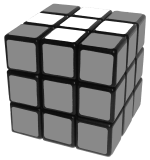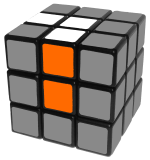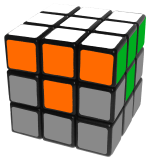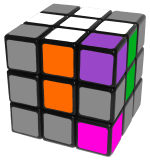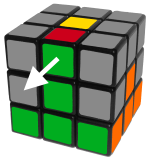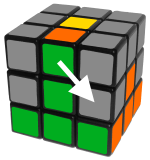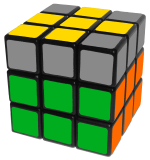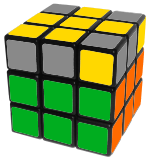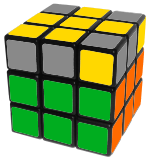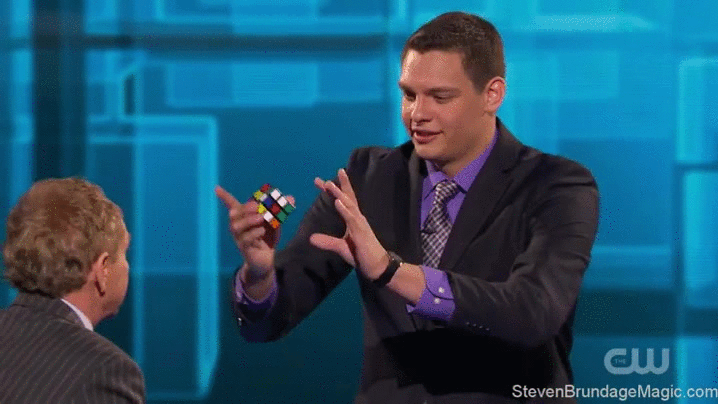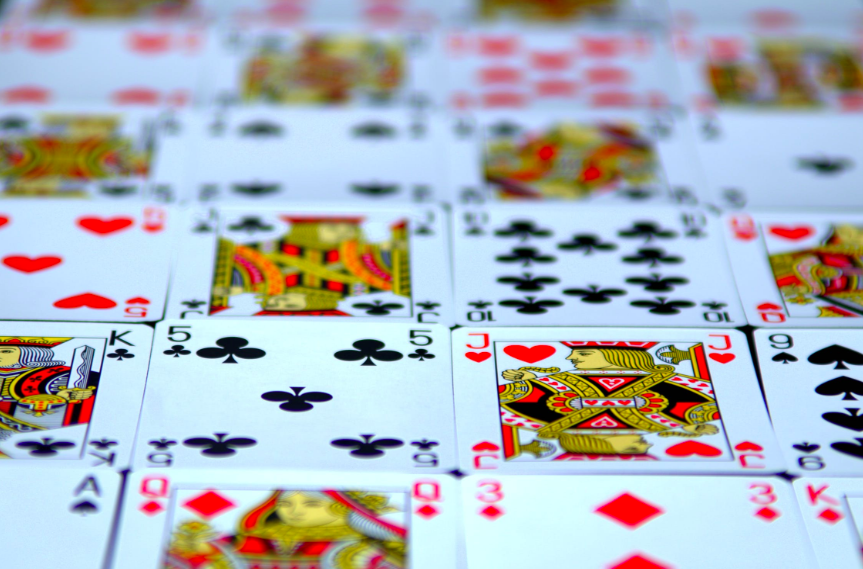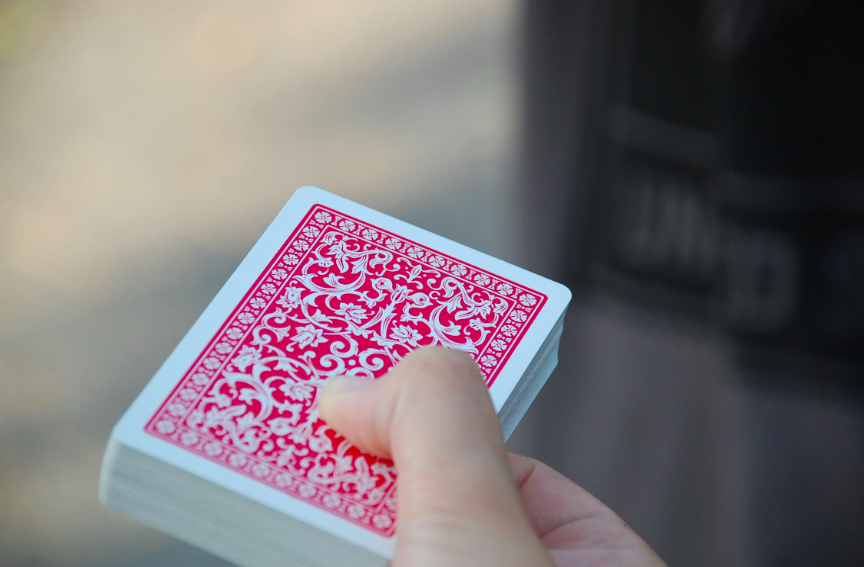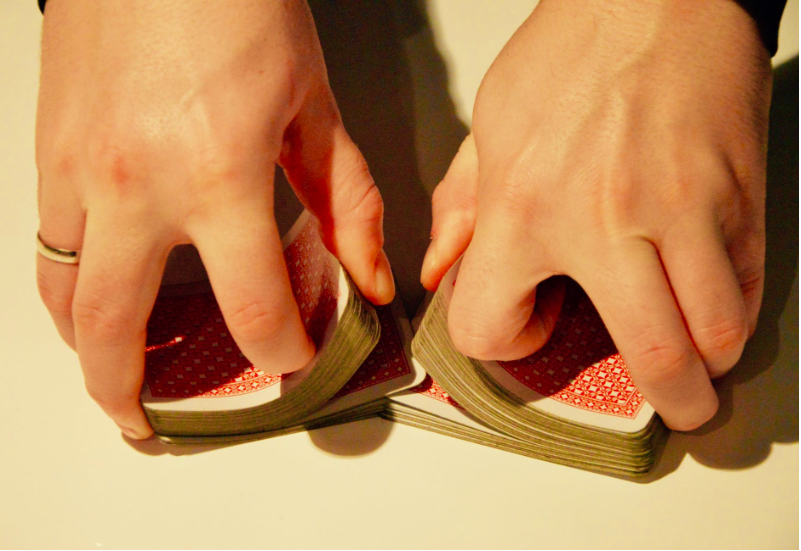Seventy years ago in the great white north of Canada, a young boy was struck by a car. This lad, James Randi, was placed in a full-body cast, beginning a long and grueling recovery. The doctors attending to him did not have high hopes he would ever walk again.
He spent thirteen months in the restrictive captivity of his cast, all the while reading and absorbing every book he could find on his favorite subject: magic and illusion.
His fascination with magic theatrics, combined with his sheer tenacity, not only put him on his feet again but would someday lead him all around the world as a professional magician. That is, all around the world hanging upside down from cranes, wrapped in chains and wearing a straightjacket. And he was just getting started.
The Amazing Randi
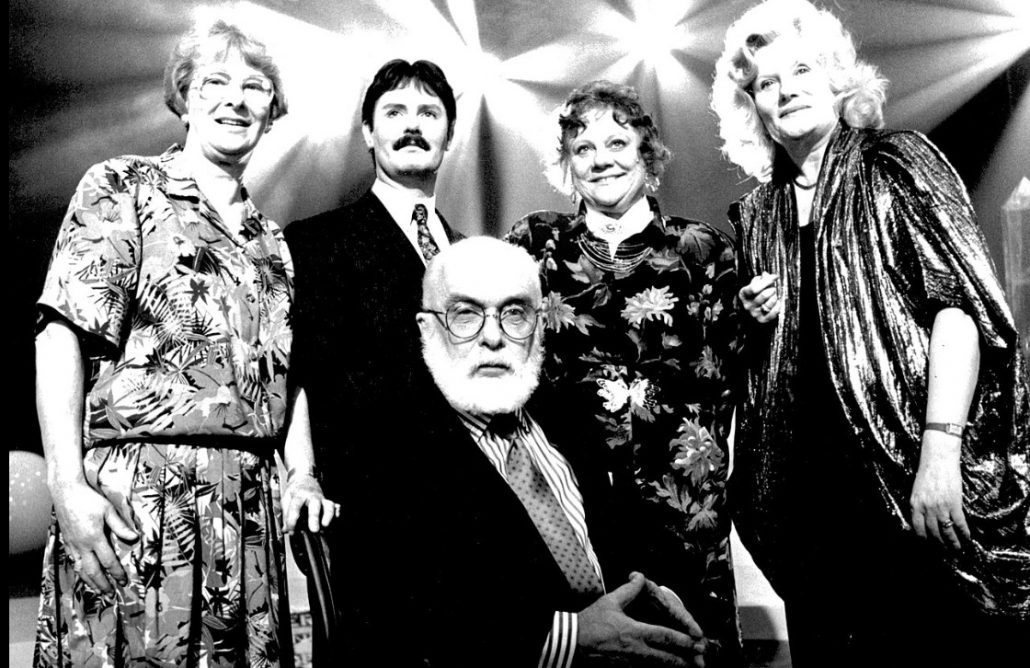
James Randi has been a fixture in the magical community for three-quarters of a century, wowing audiences with his impossible escapes and eerie illusions.
Fans of escape acts should be well aware of his more famous feats. Tricks like escaping from an impenetrable prison cell or shedding a straight jacket while dangling in the air. Many considered him the heir apparent to the century’s first, and arguably greatest, escape illusionist, Harry Houdini.
James Randi even emulated the late Houdini later in life, retiring from the stage and moving towards active rational skepticism and the debunking of hucksters and frauds.
James Randi was born in Toronto, Canada in 1928. He was always a curious child; he found a love affair with magic and illusions through books and guides available at the library.
This love became a full-blown obsession after seeing the iconic conjurer and illusionist — Harry Blackstone Sr. — float a woman above the stage. He was smitten with the craft and never looked back. He dropped out of school at 17 and made his way to the rails, traveling with a carnival as their resident conjurer-in-training.
The carnival became his college of magic, picking up the tips of the craft from great escape artists, mentalists, and even the occasional sideshow performer or two. The total sum of this education lead him to the stage where he would introduce the world to the new and exciting conjurer supreme, the Amazing Randi!
It was on the traveling stage he honed his persona and perfected the techniques that would make him one of the greatest living illusionists and escape artists of the era.
Running Away to the Circus
How does a young Canadian go from learning magic in a full-body cast to performing in front of thousands all around the world? It starts with his perseverance to rebuild his body and dedication to the new craft in his heart, magic.
So what’s a boy to do when he’s ready to leave his broken world behind and chase down his dreams? Why, join the circus, of course.
James Randi the Carnival Magician
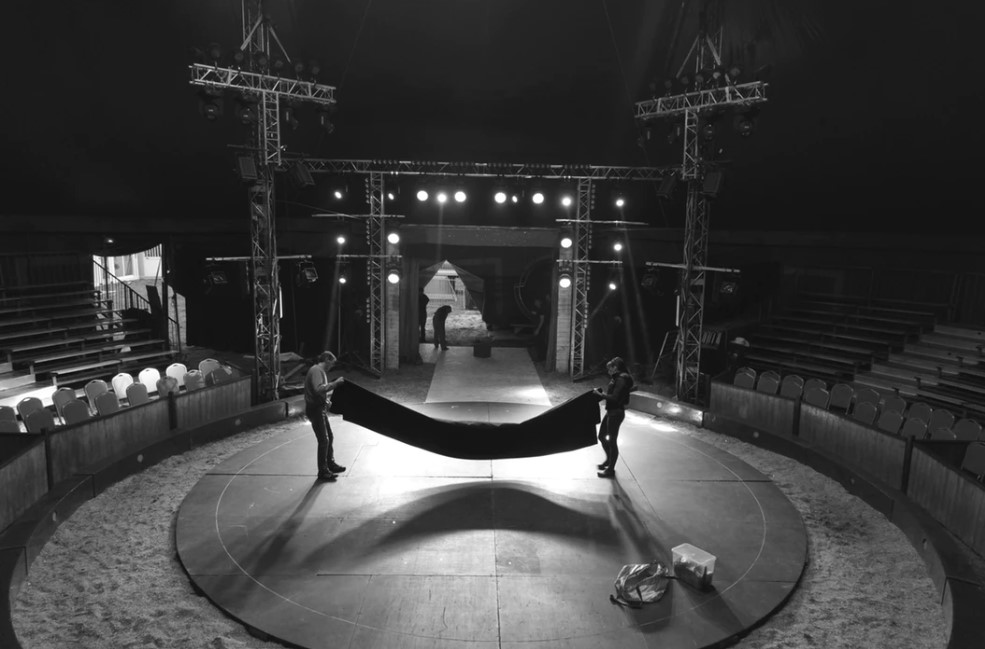
James Randi spent his formative years with a traveling carnival, all the while perfecting the escape routines that would take him around the world some day.
While he loved performing the exotic escapes and eye-popping illusions carried over from the days of vaudeville, he found an interest in more subtle performance art. It was there he found a keen ear for mentalism and an eye for macabre illusions.
It didn’t take long for his stage persona to outgrow the canvas of the carnival tent, so he packed up and went solo as The Amazing James Randi.
Early in his career, when he was still making his bones on stage, he was a night club performer. This stage in his career saw a mix of on-stage escapology paired with mind-behind mentalism.
James Randi got so good at performing mentalism and “mind-reading” gags, some people accused him of faking the trickery portion of the show. Faking to explain away very real and awesome psychic powers. This fuzzy line between performance art and supernatural phenomena would color his perception of the art of illusion, and later send him on a path of advocacy for logic and reason.
Great Escapes Get Greater
While he was developing the smaller, more intimate portions of his act, he relied on big escapes to draw in the wide-eyed crowds. During his first few decades performing, James Randi perfected a whole list of go-to escapes.
He would invite eager men to the stage to tie him, bind him, tape him, and even chain him to his chair, daring them to do their worst to ensure this small bearded fellow could escape to nowhere. Be it in the chains on a chair, in the straightjacket in a safe, or dangling high above Niagara Falls, the Amazing James Randi always found his way out.
It was during this time he built up a loyal audience throughout Canada and the United States, even making regular television appearances on talk shows and entertainment news programs. He became a performer of renown that would soon catch the eyes of other world-famous entertainers from the stage.
A Bigger World
As James Randi toured the world, other performers took notice of his skills. He befriended many other artists and performers that shared his love for stagecraft.
This attention and growing fame would put him in the orbit of some fellow amazing people, but it would also introduce him to a breed of performer he didn’t much care for and would later dedicate himself to exposing.
Rock-and-Roll Is Magical
While James Randi was touring the stages of North America, he was also working on several large-idea illusions, with most of them yielding a grotesque or sometimes gory effect. This penchant for horror-illusions drew the attention of another famous stage jockey of the time, Alice Cooper.
Cooper was himself a lifelong fan of magicians and illusionists, but instead of making his way into that field of performance he became a musician. Cooper was known for his elaborate stage shows that took on lives of their own.
In the early seventies he was readying a new album, which meant a tour was not far off. He needed something big, bold, and bloody to add to the show, and he knew just the man to help make it happen.
Enter Alice Cooper
Alice Cooper reached out to James Randi in 1972 and hired him to design an on-stage illusion that would shock his audience. Randi went above and beyond with a head-slicing guillotine illusion that seemed to defy the very rules of mortality.
Cooper was so impressed that he invited Randi on tour as his illusion guru. James Randi spent ’73 to ’74 on the Billion Dollar Babies tour as the faceless figure known only as “The Executioner.”
It was during this tour that Randi crossed paths with some other celebrities, namely Uri Geller and his rag-tag group of fake physics. While he was still a lover of illusion and tricks, he became disenfranchised with the frauds that used these same gags to con and deceive people out of their money.
He grew frustrated with people that claimed to be doing the miraculous while he knew that there was nothing more there than trickery and lies.
Following in Houdini’s Footsteps
The most famous escape artist before James Randi was the well known vaudeville stalwart, Harry Houdini. This illusionist and magician of renown had a fruitful and storied career performing illusions and great escapes all over the world.
Though performing was his lifeblood, Houdini pulled focus from performance to advocacy after the death of his mother. That tragedy would lead him into the parlors of mediums that tried to convince him they had his mother on the line.
It was this turn of events that would take him from the theater to the streets, where he took it upon himself to try to bring down the people he believed to be using illusion for nefarious and greedy reasons.
Houdini spent the latter end of his life exposing frauds and scam artists all over America. James Randi, his contemporary, would also fall into this same pattern of a performer turned advocate for the naïve and deceived masses.
The Rise of Dishonest-Liars
The seventies and eighties saw a significant rise in people in popular culture claiming to be psychics or other types of extrasensory sensitives. While some of these folks seem to perform impossible feats of the mind and body, James Randi saw something else: trickery.
The most prominent of these fakers was a self-described physic and clairvoyant, Uri Geller: the Spoon Bender. This illusionist was most famous for bending objects like spoons or house keys, all with the power of his mind.
Of course, James Randi knew better than that. It wasn’t so much that he felt these things were impossible (though highly improbable) but that he knew of a much more pedestrian explanation for their mind-bendy powers.
He became a regular on talk shows and in media as a skeptic of these “alternate illusionists”, often serving as an adjudicator of reality for the less magic-minded hosts. He would go on to expose many of these performers on shows like The Tonight Show with Johnny Carson.
James Randi Is on the Case
Slowly, he made his way form performing the tricks to exposing the tricksters. All with the spirit of keeping fantasy and magical illusion separate and apart.
Randi saw the blurring of the lines as a dishonest lie the people were being fed, as opposed to the honest lie of the magician. His biography, “An Honest Liar” was titled after his belief that magicians are liars; but that they are forthright about it, while the straight-up frauds would never admit to the use of illusions.
He turned his complete attention to this debunking in 1976 when, alongside Martin Gardner and Ray Hyman, he founded the Committee for Investigation of Claims of the Paranormal, or CSICOP. Their small band of skeptics, scientists, and illusionists all worked to bring down the dishonest liars and bring honor back to the field of stage magic and illusions.
The organization would move on to investigate thousands of people claiming magic powers and extrasensory abilities. These investigations later turned to advocacy and education, showing people how to think more critically about these sorts of paranormal claims.
Exposing Cheats, Liars, and Crooks
The growing movement of rational skepticism helped drive the message that there was a difference between what Randi did and what the frauds were doing. The later years of CSICOP would be defined by a string of exposures and debunking that once again catapulted James Randi onto the national stage.
Pop Off, Popoff
The most visible debunking of his career followed a visit to The Tonight Show, where he was a frequent guest. Johnny Carson was himself a skeptic and magician, so he was sympathetic to the mission that James Randi was on.
Carson would regularly have Randi on to talk about these subjects, even going as far as having him on the show in the same segment as someone claiming paranormal abilities.
Even Uri Geller stopped by the Tonight Show once to perform his tricks, but Randi got there before him, and, with minor preparation, he was able to get Geller to admit he was “feeling unwell” and could not perform his feats at that time.
As great as that takedown was, his most lasting debunking was that of world-famous televangelist and faith healer, Peter Popoff. A man that claimed to hear the divine in his ear, Popoff was known for calling out details about members of the congregation: things he should not know if not for the words of angels in his heart.
James Randi went on television and played the live audio he captured from one of these tent revivals, and to no one’s shock, the divine voice he was hearing was that of Popoff’s wife reading the prayer cards over a hidden ear monitor.
The tape would expose Popoff and introduce the world to the man that could break the psychics. He would go on to expose dozens of other frauds and tricksters over the years. He even hosted his own show overseas where he tested the paranormal in scientific and controlled conditions.
One Million Dollars
Even with this long and storied career up to this point, James Randi is most famous in contemporary circles for the James Randi Educational Foundation, or JREF, and the aptly named Million Dollar Challenge. It started as a ten-thousand-dollar cashiers check, offered to anyone that could prove — under proper scientific conditions and observations — that they have a paranormal or extrasensory ability.
This overt challenge was taken up by many, and all of them failed to meet the reasonable requirements set forth by Randi. They always had their excuses. However, relying on the steady hand of the scientific process and rational thinking, Randi could always claim the high ground against these failures.
The challenge got so much attention it would later turn into a million-dollar offer to anyone worthy of passing the laws of science and observation.
This challenge would open many doors in media and get a lot of attention to the foundation. The JREF turned that publicity and goodwill into massive educational efforts around the country, bringing science, skepticism, and even a love of magical illusions back into the public consciousness.
The JREF even had a decade’s worth of conferences in Las Vegas called The Amazing Meeting that tried to bring James Randi’s message to the general public.
The Honest Liar, James Randi
Now in his nineties, the diminutive Randi has slowed down just enough to enjoy smelling the roses. Though he no longer escapes from safes or rips off straightjackets, the spirit of magic and illusion still thrives in his writings, speeches, and educational materials.
The organizations he founded continue to move with his message of critical thinking. He continues to use magic and illusion as a way to expose the faults in our thinking, challenging people to look closely at what they are seeing and to question what they think they know.
Randi is now retired from performance magic, though he is still active in his critical thinking advocacy and still speaks to crowds regularly. He continues to tour the world and educate people on the beauty of magic and the power that comes with embracing critical thought.
There was a time when even professors at major universities would fall prey to his honest lies and illusions. Some of them went as far as accusing him of using actual magic and sorcery and lying about his abilities to cover up the truth.
Those accusations are the gold medal for any working magician, as they have truly blended the line between fantasy and reality, bringing the audience closer to our childlike innocence and wonder.
For James Randi, however, this is just more of an opportunity for him to remind the world that magicians are most certainly tricksters, charlatans, fraudsters, and liars — but they’re the most honest liars you will ever meet, and you will never meet a more honest liar than James Randi, and he’s proud of that.


